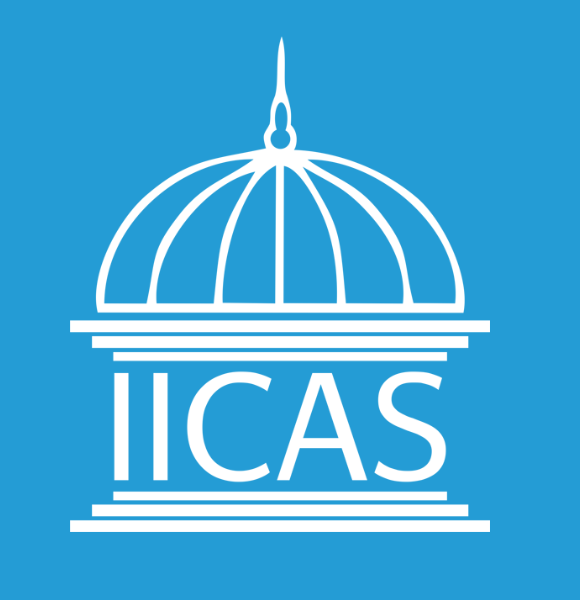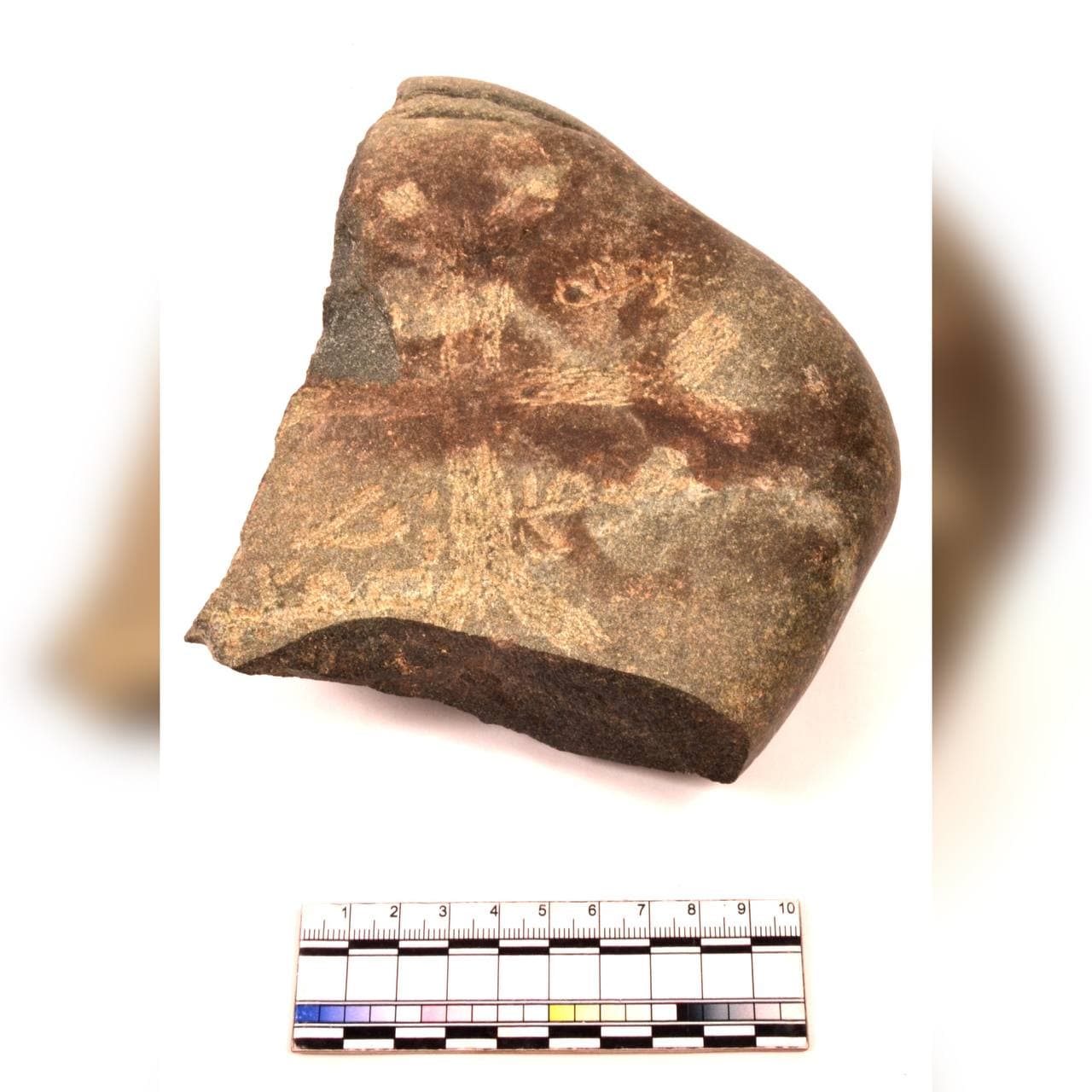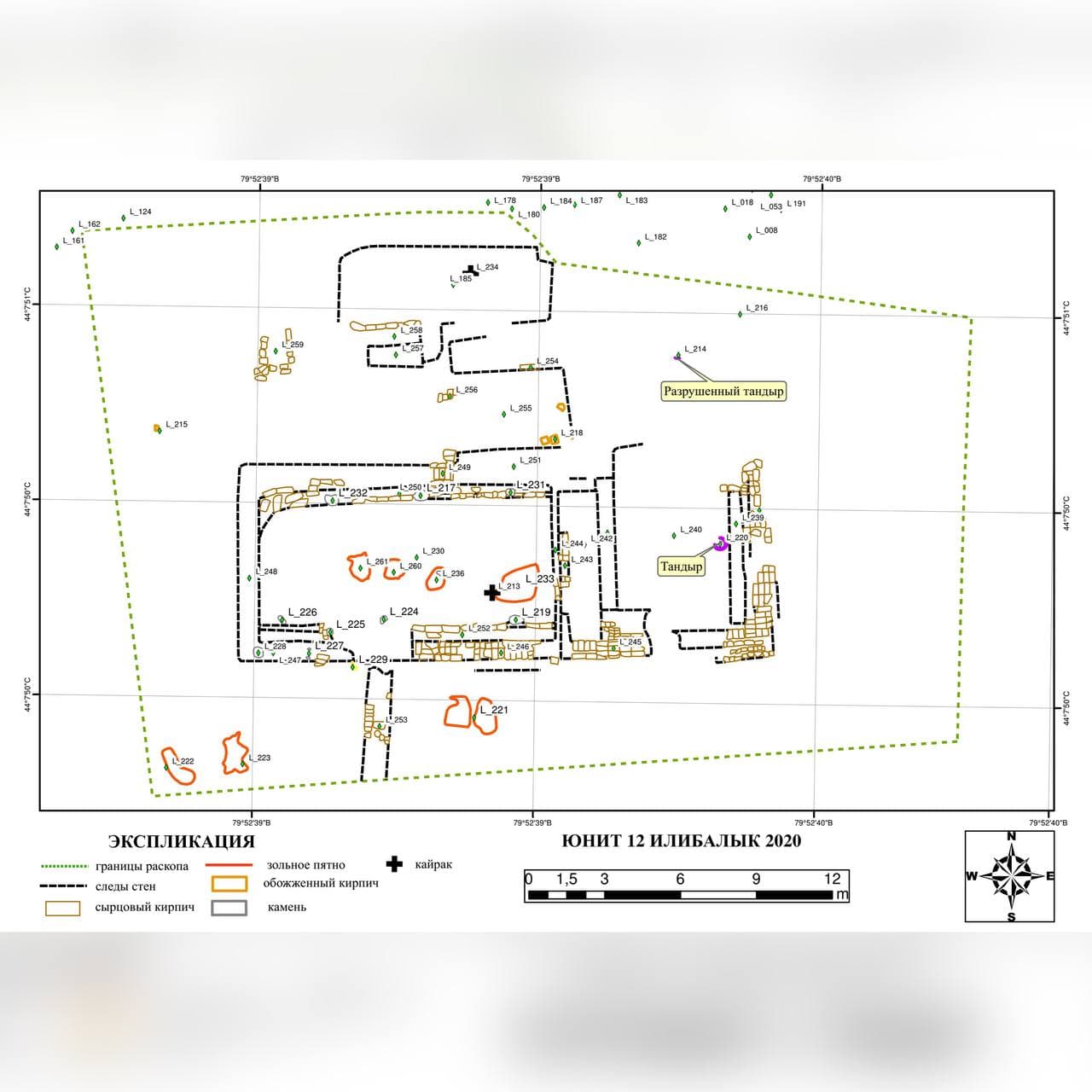The ancient city of Ilibalyk.
In 2020, in cooperation with Kazakh and US experts, IICAS continued the study of the Christian medieval necropolis that had been discovered on the grounds of the western artisanal settlement (or rabad) of the site of the ancient city of Ilibalyk.
In 2020, in
cooperation with Kazakh and US experts, IICAS continued the study of the Christian
medieval necropolis that had been discovered on the grounds of the western artisanal
settlement (or rabad) of the site of
the ancient city of Ilibalyk.
The main sponsors of the project are: Society for the Exploration of EurAsia (Switzerland), Institute of Archeology named after A. Kh. Margulan (Kazakhstan).
In previous
archaeological seasons, data was obtained on the location of the necropolis,
the design features of the graves, the typical pattern of the graves location, the
funeral rite and burial inventory.
For the season of 2020,
the researchers set themselves the following goals:
1.
to determine the extent area of the necropolis in the southern and
eastern directions from the excavation site of 2019;
2.
to identify architectural objects on site IV (the western part of the artisanal settlement or rabad) related to the necropolis;
Three new
excavation pits were started, i.e. Units Nos. 6, 7, and 12.
Units Nos. 6 and 7
are located east of the necropolis which was identified previously. Eventually,
attributes of habitation were found within these excavations, as represented by
ash pits, badrans, a lot of pottery debris, as well as one grave and two
gravestones (kairaks). One of the gravestones
bore an inscription.
The stone inscription is in Syriac and says "This
grave belongs to Phebroniah the teacher" (translated by Dr. Mark Dickens).
As a result of the
archaeological work on this excavation, a rectangular-footprint building was
located with dimensions of 21 by 8.7 meters and wall thickness of about 1
meter. The building’s lengthwise orientation is from west to east.
This building has
three rooms stretching from west to east and a courtyard to its north. The
western main room had the dimensions of 11.6 by 6 meters. To its east, the main
room had a platform-like adjacent auxiliary space attached to it with
dimensions of 1.5 by 6 meters. The big eastern room had dimensions of 4.5 by 7.4
meters. In the course of excavation work, some earthenware juglets with a
handle (chirags) and a metal lamp
were found.
Based on the above, we can infer that on Unit 20
excavation site in 2020, a building of ritual nature was discovered which is geographically
related to the necropolis. Considering findings of similar buildings in
medieval Christian necropoleis, a conjecture can be made that this served as a
church or a chapel. The artifacts found on this site enable us to date this
building to the 13th or 14th centuries AD.
Поделиться:




